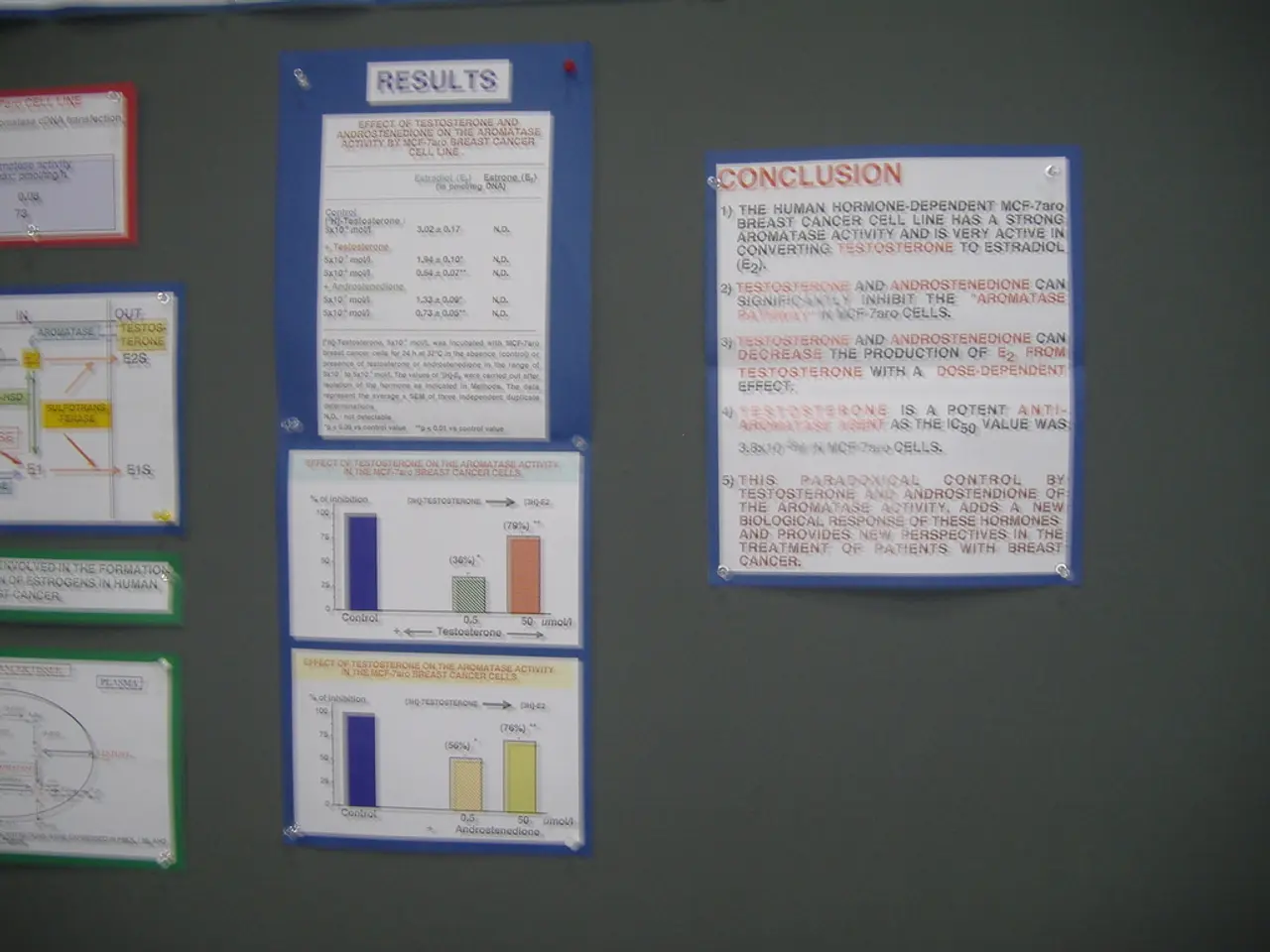Efficient Approaches: 7 Key Principles of Lean Software Development
In the realm of software development, the principles of Lean Production have found a new home, transforming the way digital products are created. Originating from the Toyota Production System (TPS) in post-war Japan, Lean Production aimed to minimize waste and maximize value for customers by optimizing manufacturing processes.
The application of these principles in software development was first outlined in the book "Lean Software Development: An Agile Toolkit" by Tom and Mary Poppendieck in 2003. This adaptation focused on reducing waste, enhancing value delivery, and fostering a leaner, more efficient development process.
One of the key aspects of Lean software development is the elimination of waste. In software development, this waste can manifest in various forms, such as unnecessary code, outdated documentation, waiting times, task switching, and defects. By identifying and eliminating these wastes, teams can streamline the development process and create more space for quality work and knowledge.
Another crucial element is amplifying learning. Lean promotes continuous learning through practices like code reviews, pair programming, and iterative development cycles. This fosters an environment where teams can experiment and learn from both successes and failures.
The principle of deciding as late as possible encourages teams to delay decisions until the last responsible moment, allowing for more flexible and informed decision-making. This approach reduces the risk of costly changes and promotes a more agile development process.
Delivering as fast as possible is another core principle. This emphasis on speed and efficiency aims to reduce the time from customer request to feature delivery. Continuous Integration (CI) and Continuous Deployment (CD) are used to automate and streamline the development process, enabling faster releases and quicker feedback loops.
Focusing on value is another essential aspect of Lean software development. This involves understanding what value means for the customer and ensuring that all development activities align with providing that value.
Lean software development offers several benefits, including reduced effort, budgeting, and defect rates. It also encourages high-quality standards and collaboration among team members. However, adapting manufacturing-oriented principles to the more abstract and creative environment of software development can present challenges. Additionally, implementing Lean methodologies may require significant cultural and process changes within organizations.
In conclusion, Lean software development has revolutionized the software development industry by focusing on efficiency, reducing waste, and delivering value quickly to customers. By embracing these principles, teams can create high-quality software that meets customer needs and delivers value in a leaner, more efficient manner.
In the context of software development, Lean Production's emphasis on reducing waste and enhancing value delivery has been adapted, especially through the principles outlined in "Lean Software Development: An Agile Toolkit" by Tom and Mary Poppendieck in 2003. This adaptation drives not only a leaner, more efficient software development process but also the encouragement of continuous learning and faster delivery of high-quality software to customers.




